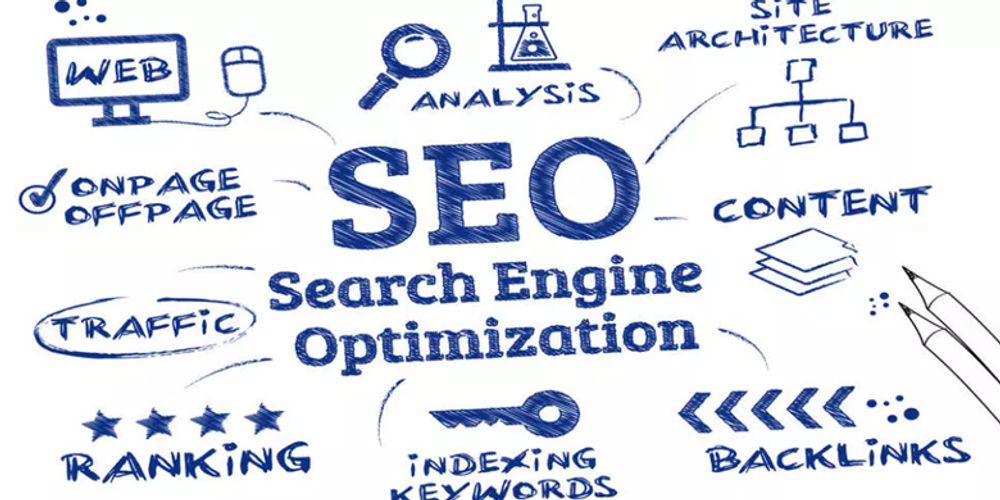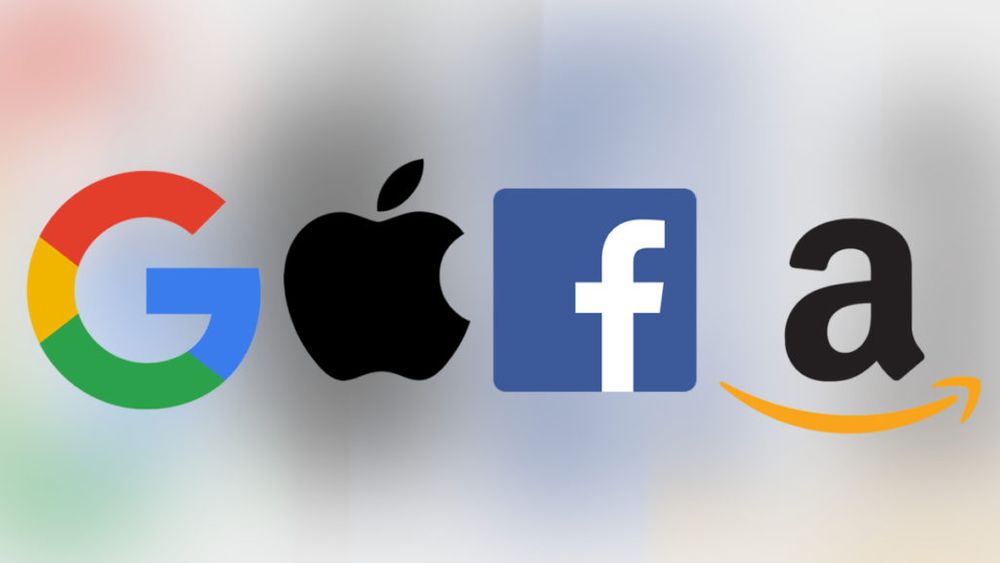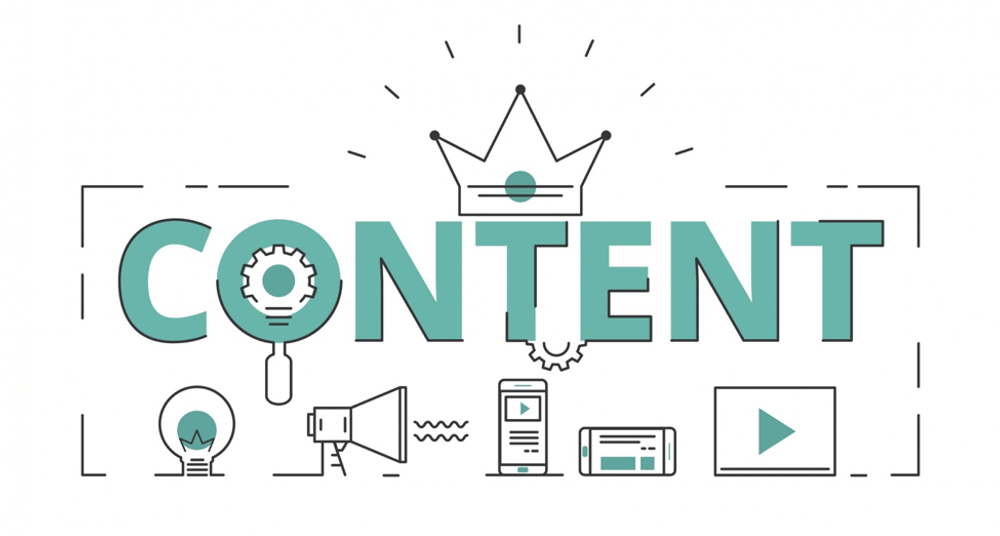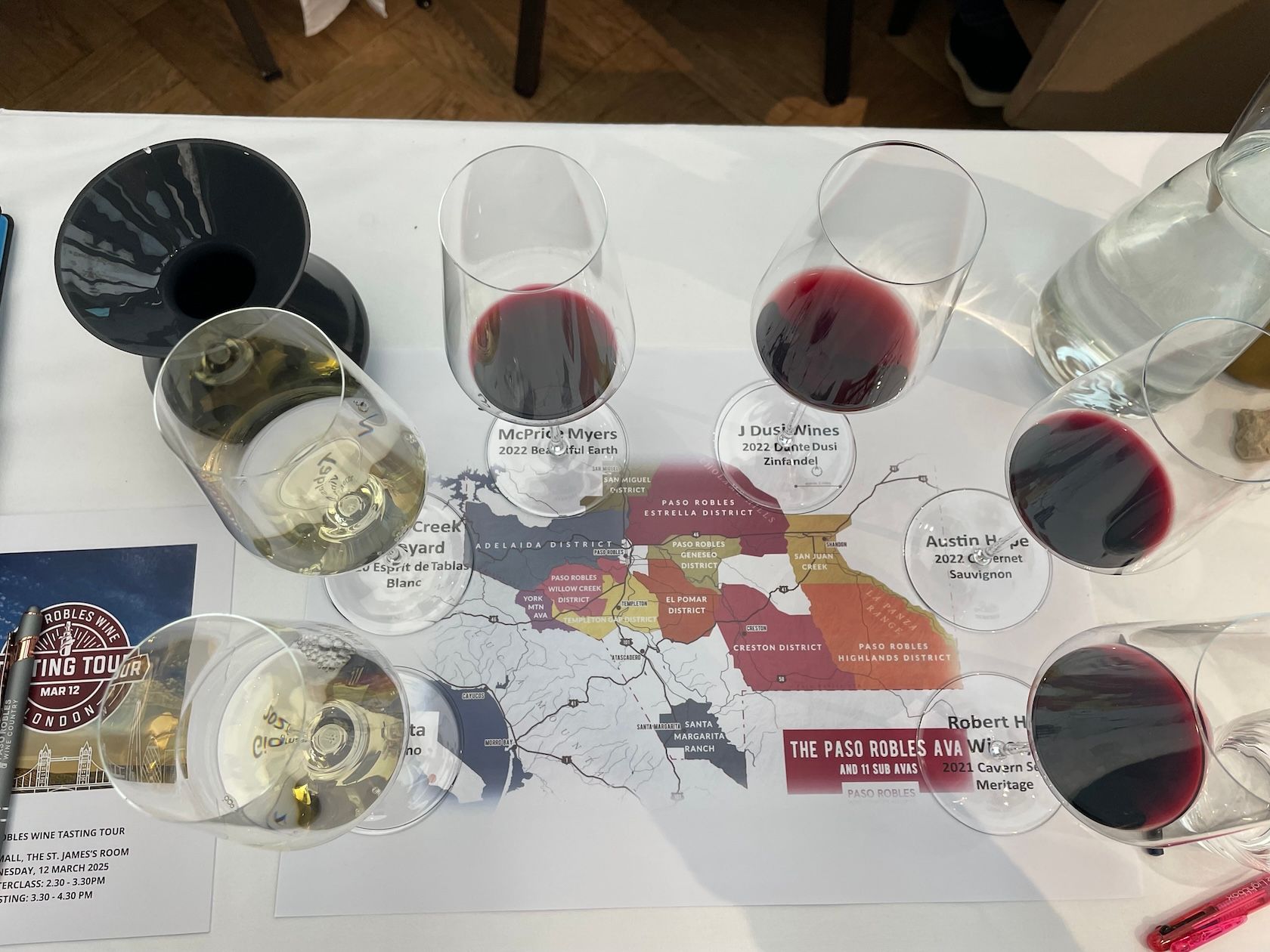Getting your marketing strategy right and choosing the right marketing channels, is the best way to set yourself up for marketing success. When you know your audience and what you want to get out of it, you can choose channels, budgets and get going, says Jeremy Thomson.
Setting the strategy
Creating a strategy makes your marketing predictable and your results forecastable – what’s not to like? You can use external people or companies for this is you like, but what I will try and give you here is a good way to create your own plan.
Think back to your goal setting you created in Part 1 – write these down, big and bold at the top of your paper. Typically, this a financial figure – profit or revenue, and we want to work out how you can get there.
If your number is revenue – work out your Average Order Value. This doesn’t have to be exact if you don’t know it, but it does have to be realistic. If you put an Average Order Value (AOV) of £200 but it is realistically nearer to £100, you will never hit your goals and you will always be disappointed.
Once you have your AOV you can now work out how many sales you need and understand the size of the job on your hands. Compare it to the sales from the last 12 months – whats your % growth? We also looked at this in Part 1 .
Now let’s work out how we make up the difference between where you are now and where you want to be..
Marketing channels
There are a multitude of marketing channels that you can use to create your strategy. We will cover some of them and what they can be used for and how to choose the right ones for you.
One of the things to consider in this stage is your Target Audience, created in Part 1. Do you sell direct to consumer or focus on the B2B market? Are you after returning customers or first buyers? These will need to be considered in your channel selection to make sure you get the results and returns you need.
Email marketing

Overview: Emailing people that have interacted with your business at some time – this could be as a customer, signing up to your newsletter, met at a tasting, coming to your cellar door, an old customer or something else. Email marketing can take time to set up, but once it has been built it can be fully automated in some instances or quickly altered and managed in others.
Audience: Great for maximising the potential value of existing customers, filling events you are running, staying in touch with customers or updating potential customers. Works B2C and B2B.
Objective: Higher Value Return Customers and maximising existing network.
Cold emails
Overview: Emailing people that have never interacted with your business before. These are fully cold emails so you need to be careful about who and why you are contacting people and understand if they have a genuine need for your product or service. These need to be personal in their approach, and have something you are offering as a reason to get in touch.
Audience: Not good for B2C, due to GDPR reasons but can work well to find new business contacts and prospects.
Objective: New business and customers.
Paid search
Overview: Using Google Ads to drive traffic to your website. You can pay each time your ad is clicked and a visitor is delivered to your website. As a result of the payment method you want to make sure these visitors have some sort of intent to buy with you, rather than trying to capture really generic traffic that will still be ‘window shopping’. Complicated to set up, and needs regular monitoring but returns are often immediate and very forecastable once you start.
Audience: Typically for new customers, but you can retarget users that have visited your site before, which can be a high converting method of ads.
Objectives: New customers, online sales/ enquiries.
SEO
Overview: Search Engine Automation is another form of search marketing, just like paid search. The difference here is it aims for free clicks rather than paying each time. The aim of the game is to show Google you are the authority on a particular keyword so they show your website to a users search. The difficult bit is it can take a long time and be expensive. The more competitive marketplace, then the more difficult it can be to achieve good results. The benefits are once you are ranking high you will get much higher organic traffic which will be relatively stable:

Audience: SEO can really improve your brand visibility so ideal for new and existing customers.
Objectives: Increased traffic and rankings, online sales/enquiries.
Social media
Overview: You have all heard of Social Media – Facebook, Instagram, Twitter and LinkedIn. They can all play a part of your marketing mix to some degree, but the audience plays a key part here. Your audience will typically be more active on only one of the platforms, and that is the one to spend your time and effort. Posting is free and a good way to show customers and prospects more about your company, what you do and why. The downside – TIME – time to write content and post, and time to build an audience.

Audience: Everyone! Social media penetration is through the roof and people are blending their business and personal lives more and more.
Objectives: Engagement and brand visibility
Paid social
Overview: Taking social media to the next level by advertising on it. All of the platforms have their own advertising options – from simply growing your audience, to sending people to your website, promoting an event, capturing leads and many more. The great thing about these platforms is that you can be very targeted on who you show your ads to. They also all have great retargeting options for website visitors that didn’t convert and returned to social media.
Audience: Due to the targeting methods here you can be very precise with your audience. You can filter by all the target audience options we created in Part 1 and show different ads to different audience.
Objectives: New customer acquisition, New followers/larger audience.
Content marketing

Overview: Almost all marketing has an element of ‘content’ now. Simply put, content is creating something of value that your prospects, customers or anyone else on your audience lists that they could interact with. It could be a social media post or an email. It could be an update on vineyard conditions or harvest predictions. The key thing with content is to create something that you can use multiple times to bring down the time required. To a degree, content sits at the heart of most marketing channels, so being clever and well prepared with it, can make all your marketing efforts move forward every time something is produced.
Audience: Sitting at the heart of so much marketing makes content key for everyone – for showing potential new prospects what you are about, to keeping existing clients in the loop.
Objectives: Better visibility, increased customer value.
How to choose your channels
These come down to your objectives and audience. If you look at what you want to achieve and the audience you need to speak with to get there, you can see which channels could be right for you. Look at your objectives – could your target revenue be reached by increasing the value of existing clients? In which case email could be a good channel. But, if you need additional revenue you might want to look at paid search, for example, to attract new customers as well.
If you are struggling with choosing yours, feel free to reach out to me and we can talk through them in more detail to give you your end marketing strategy to work off.
- Jeremy Thomson is the founder at Common Collective, a “wine focused marketing company that help ambitious businesses that are frustrated their marketing has never worked for them, concerned they are missing a trick and aren’t sure where to start or worried about their lack of marketing knowledge is holding them back”. You can reach him at jeremy@commoncollective.co.uk or @Alexander_the_grape.










































